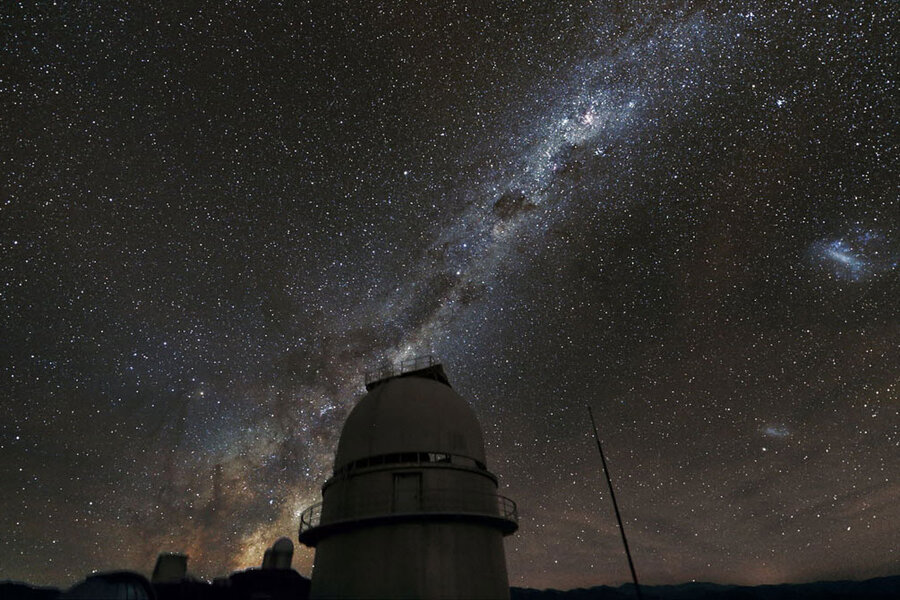Cosmic quintet: Five bright planets to align in a rare celestial treat
Loading...
If you're up before the sun later this week you might catch a glimpse of a planetary alignment the likes of which hasn't been seen for a decade.
Five bright planets will line up across the dawn sky appearing as a quintet when Mercury rises around 6:15 a.m. Eastern time on Friday, according to The Washington Post. Mercury will join Venus, Saturn, Mars, and Jupiter already scattered across the morning sky. The five will continue to be visible before dawn through late January and into February.
To have all five visible planets in view together is a rarity. Each planet is a different distance from the sun and has different length years. The last time they aligned was in 2005.
Although the planets are all in different locations in the sky, they do one thing the same. "The line formed by the planets in the sky closely follows the ecliptic, the apparent path of the sun against the background stars," Tanya Hill, senior curator at the Melbourne Planetarium in Australia, writes in an article for The Conversation. "This path marks the plane of our solar system, visual proof that the planets, including Earth, all orbit the sun on roughly the same plane."
Of the quintet, Saturn can get the furthest from the Earth at over 1 billion miles away from the opposite side of the Sun. Venus gets the closest to Earth, reaching just 25 million miles away at the closest pass. But when they appear together in the predawn sky, the planets might seem to be much closer together as bright specs on a dark background.
“There are only a few amazing things in the night sky that can be seen without any equipment,” Alan Duffy, research fellow at Swinburne University in Melbourne, told Australian Geographic. This is one of them.
Want to catch the cosmic quintet?
Sky & Telescope suggests the last week of January and the first week of February as the best chance to catch the five bright planets in the sky. During that time period, step outside about 45 minutes before sunrise and you might be able to spot all five. The planets will stretch across the sky in an arc from Mercury just above the southeast horizon to Jupiter, higher in the sky to the southwest. Sky & Telescope provides more information for the cosmically curious.
If you miss this planetary spectacle, don't worry. The five planets are due to reunite in the sky in August.
[Editor's note: This article has been updated to clarify the distance to Venus and Saturn from Earth.]






